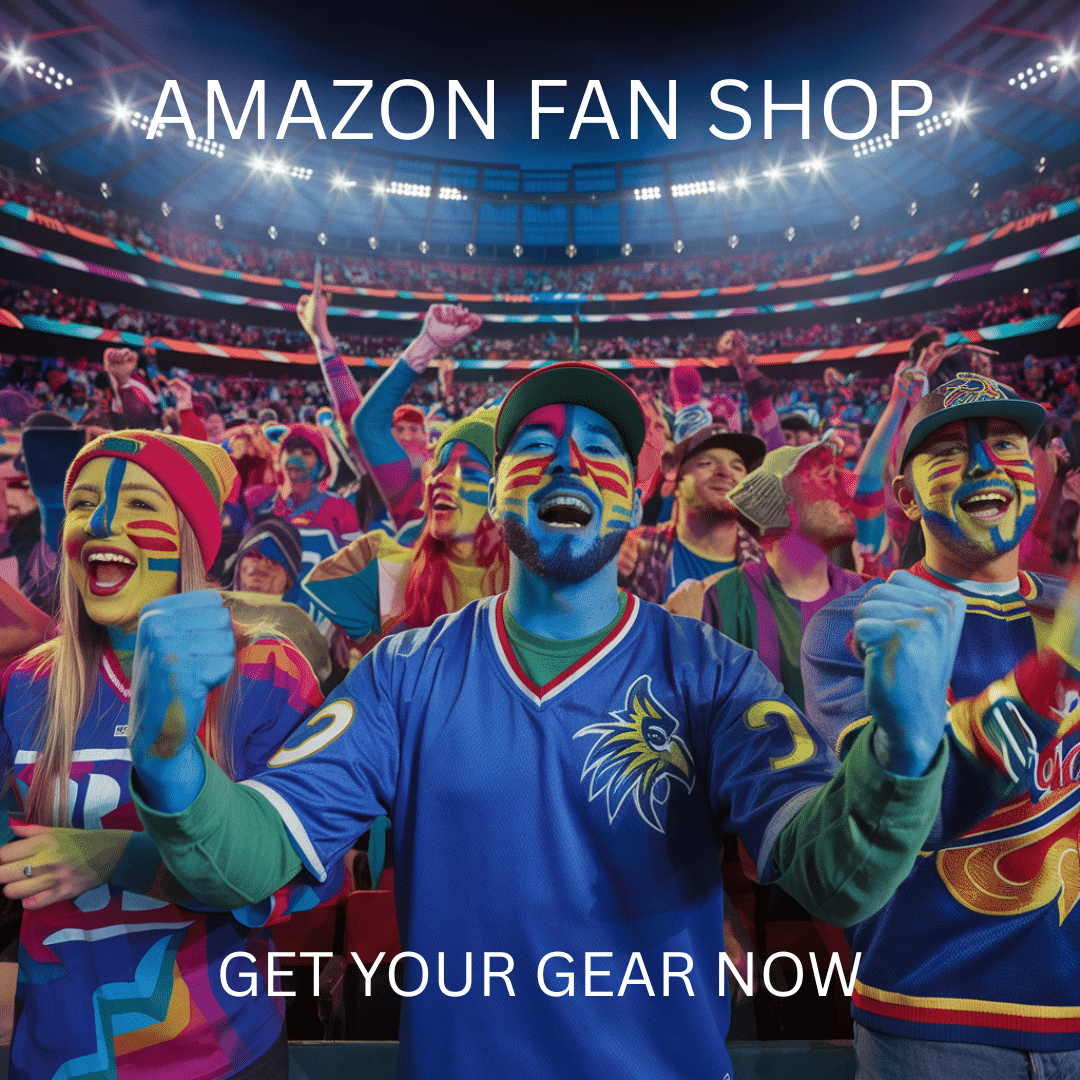NIL and Revenue Sharing Revolutionize College Hockey Recruiting
College athletics keep changing, and the Name, Image, and Likeness (NIL) policy has really shaken things up. Student-athletes now get recruited and paid in ways that would’ve seemed wild a few years ago.
The New York Times recently spotlighted Gavin McKenna, the top recruit in college hockey, and how NIL deals swayed his choice to join Penn State. It’s not just about the money, though—there are new opportunities and, yeah, maybe a few headaches too.
The Rise of Gavin McKenna and His Commitment to Penn State
Table of Contents
Gavin McKenna, who made waves in the WHL with the Medicine Hat Tigers, drew attention from a bunch of top college hockey programs. He visited Penn State and Michigan State, and even had a virtual sit-down with the University of Denver.
In the end, McKenna picked Penn State. He says his gut just told him it was the right call, but the university’s facilities and their recent Frozen Four run didn’t hurt either.
Factors Influencing McKenna’s Decision
A few things tipped the scales for McKenna:
- Facilities: The Pegula Ice Arena tour stuck with him. That place is something else.
- Program Success: Penn State’s unexpected Frozen Four appearance proved they’re a force now.
- Nutrition and Conditioning: He liked what he saw in their nutrition and strength programs.
- NIL Package: There was buzz about a $700,000 NIL package, but Coach Guy Gadowsky downplayed that number. Still, NIL clearly mattered.
The Impact of NIL on College Hockey
NIL has totally changed the game in college sports, and hockey’s feeling it too. Some programs are all-in, while others seem a bit wary.
Western Michigan’s Unique Approach
Western Michigan, coached by Pat Ferschweiler, is doing things differently. They’re the reigning national champs, but they don’t use any NIL money at all.
Ferschweiler says he wants to build team culture without NIL’s influence. It’s a stark contrast to schools like Penn State, which use alumni support and financial muscle to land top recruits.
Challenges and Opportunities
Securing NIL deals hasn’t been easy for everyone. Coaches from Minnesota and Michigan State admit college hockey just isn’t in the same league as football or basketball for NIL money.
The gap in revenue and facilities makes it tough for hockey programs to keep up. Still, some schools get creative—Minnesota’s Bob Motzko says a few players have started hockey schools in their own names, which is pretty much what NIL was meant for anyway.
The Role of Revenue Sharing
Revenue sharing has become a big deal in college hockey. Schools with powerhouse football or basketball teams can spread some of that wealth over to hockey.
Michigan State’s Perspective
Michigan State’s hockey program feels hopeful about future funding. Their slice of the pie isn’t huge, but Coach Jared DeMichiel says it’s important to split NIL money between star freshmen and returning players.
He wants to make sure veterans don’t get overlooked. It’s a tricky balance, honestly.
Denver’s Strategic Approach
Denver doesn’t have a college football team, so they’re building their own revenue share base. Coach David Carle says they’re not trying to outbid everyone—they just want to stay competitive.
This lets them keep their own identity and attract players who care about more than just the money.
The Future of NIL in College Hockey
No one really knows where NIL is headed in college hockey. Coaches and programs are still figuring it all out, and there’s a lot of trial and error going on.
North Dakota’s Innovative Strategy
North Dakota hired Bryn Chyzyk as their general manager to handle recruiting, NIL, and revenue sharing. They’re hoping this helps build future rosters and brings in players for the right reasons.
Notre Dame’s Competitive Edge
Notre Dame leans on its rich athletic history to compete in the Big Ten. Coach Brock Sheahan believes the school’s mix of athletic success and academics makes it a tough offer to beat.
College hockey programs keep adjusting to the NIL era. Recruitment and athlete compensation keep changing, often in unpredictable ways.
Book Your Dream Vacation Today
Flights | Hotels | Vacation Rentals | Rental Cars | Experiences
Some schools jump at the financial opportunities. Others stick to their core values, hoping it pays off in the long run.
The journey of Gavin McKenna, along with insights from coaches, shows just how complicated and interesting this new chapter can be. Honestly, no one really knows how it’ll all shake out.
For more on this evolving story, check out the full article on The New York Times.

